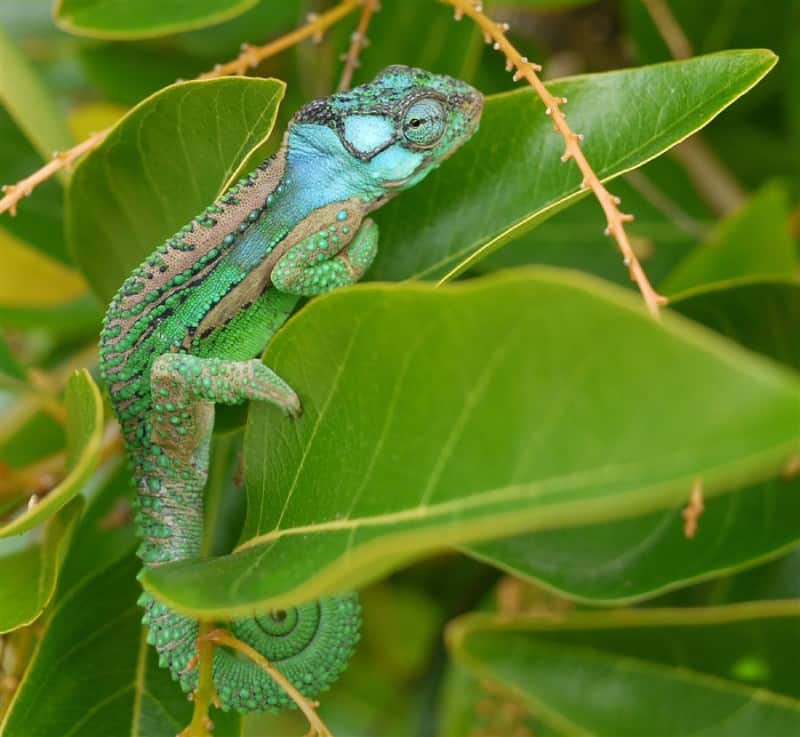
Knysna Dwarf Chameleon Facts
- Perhaps most notably, the Knysna Dwarf Chameleon remains one of the smallest of all known chameleon species. Many also consider it to be one of the most colorful of all its related species. That says a lot, given their well-deserved reputation.
- Admittedly, however, all its known extant relatives rank as comparatively distant, genetically. Its many wonders do not simply stop there, however. That’s because the marvel of Nature also stands apart from other lizards for another reason.
- That’s due to a fact considered quite fascinating by professional researchers. This holds true since the diminutive lizard appears to be an entirely separate basal offshoot of the common ancestors of all members of the Bradypodion genus.
- Fortunately, for the moment, its numbers also appear to be relatively stable within its habitat range. Sadly, that area also remains highly restricted, however. Due to that regrettable fact, this animal currently lists as Endangered, with the IUCN.
- The Knysna Dwarf Chameleon does face certain ongoing threats to its existence as a species. Not surprisingly, the greatest threats to its continued existence appear to be climate change and habitat loss, much like many other creatures.
Related Articles
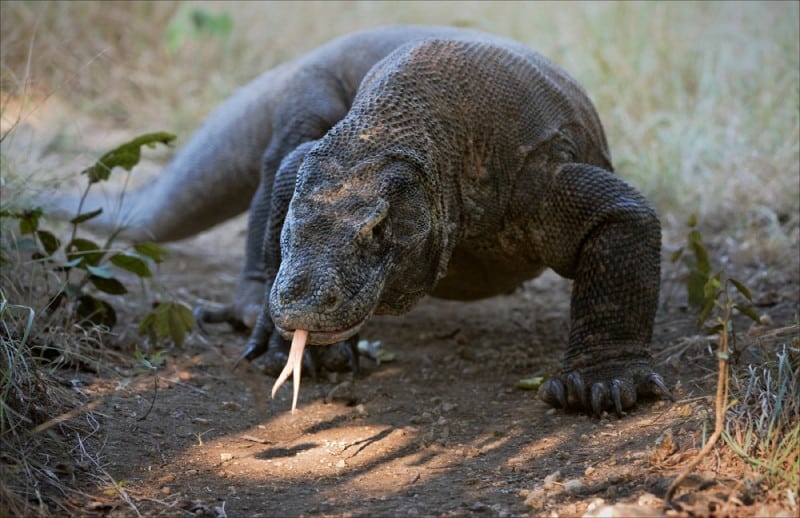
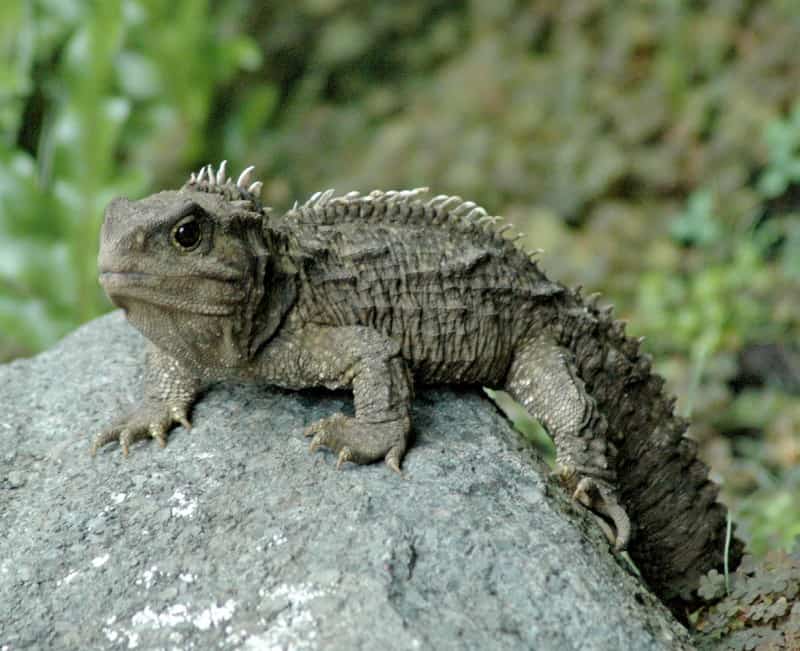
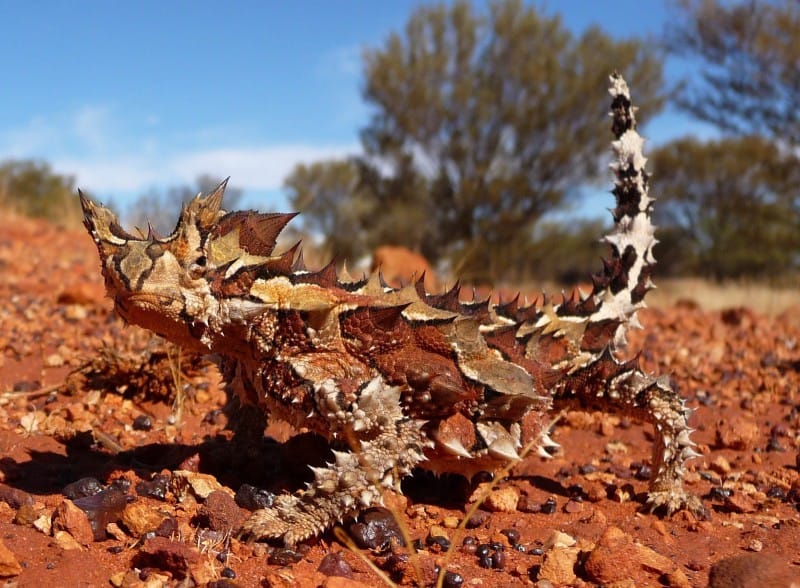
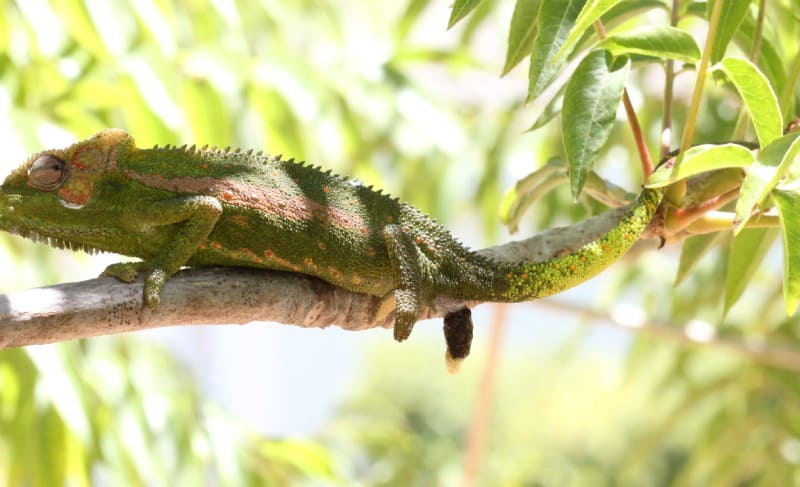
Knysna Dwarf Chameleon Physical Description
Not surprisingly, as the common name implies, the Knysna Dwarf Chameleon constitutes a relatively tiny species. That remains true due to the simple fact that its overall length only averages about 5 in (12.5 cm). That measurement even includes the tail.
Another physical characteristic also distinguishes this particular reptile from related species. That’s because, relative to body length, it has the longest tail of any member of its genus. Its remarkable tongue can also extend twice the length of its body.
The species displays sexual dimorphism in the form of color variations between the genders. Firstly, the females typically appear either gray or brown in color. Secondly, the males generally present a bright green with streaks of pink, red, or yellow.
Like all chameleons, the Knysna Dwarf Chameleon also possesses the rather amazing ability to change its colors at will. But, it does remain unlike other lizards in one more manner. Unlike others of its kind, individuals give birth to live young, instead of laying eggs.
- Kingdom: Animalia
- Phylum: Chordata
- Class: Reptilia
- Order: Squamata
- Family: Chamaeleonidae
- Genus: Bradypodion
- Species: B. damaranum
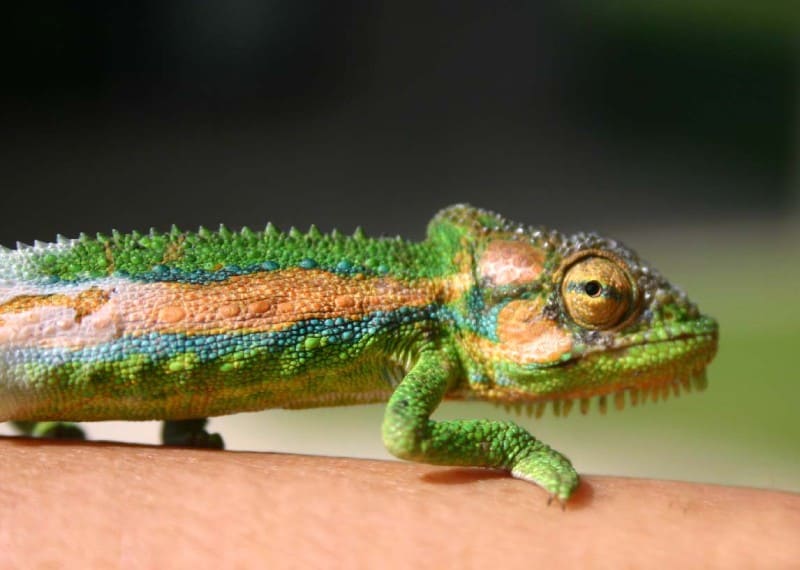
Knysna Dwarf Chameleon Distribution, Habitat and Ecology
Understandably, the awesome Knysna Dwarf Chameleon only lives in one very specific area. That region consists of in and around the Knysna region of South Africa, on the continent of Africa. It still remains unclear whether its range ever extended further or not.
Somewhat more specifically, within that zone, it only inhabits the Afromontane forests of the region. The onset of human encroachment on its habitat, however, quickly forced it to adapt. As a result, the intriguing species often adapts to living in gardens.
The incredible further creature has an insectivorous diet that consists of various local invertebrates. In its native habitat, the principal predators include snakes and birds. When individuals inhabit gardens they face the threats of pesticides and human activities.
Fortunately, the impressive 42 acre (17 hectares) Steenbok Nature Reserve lies within the endemic territory of the Knysna Dwarf Chameleon. Thankfully for the small marvel, this fact currently provides the creature with at least a small measure of protection.
Species Sharing Its Range

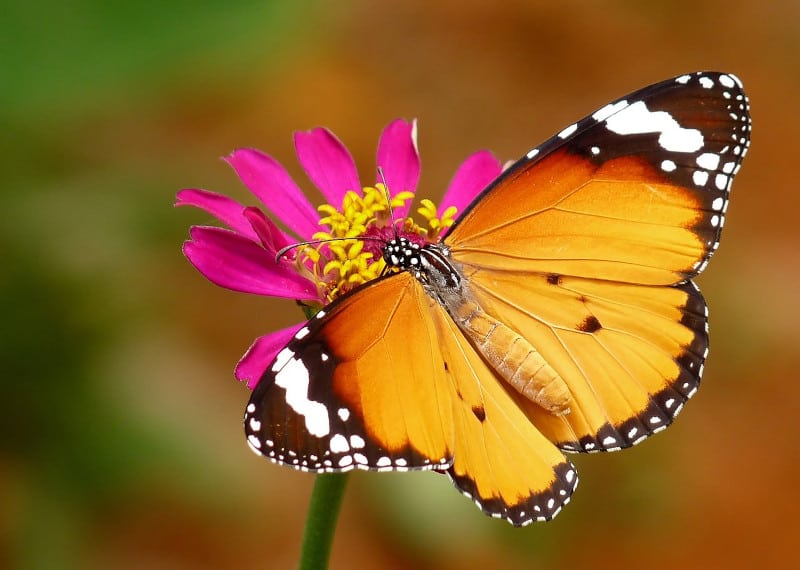

Check out our other articles on 7 Fabulous South American Flowering Plants, Hoary Marmot, Mount Erebus, Dragon Moray Eel, Diving Bell Spider, European Honey Buzzard, Serval









Leave a Reply